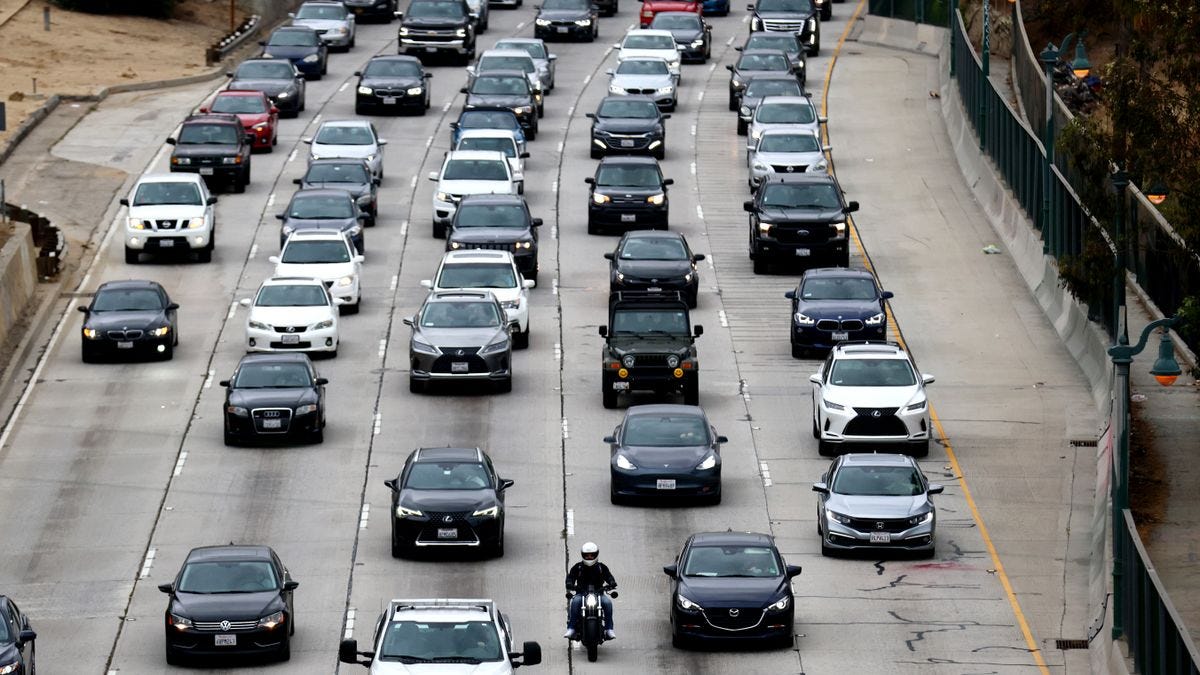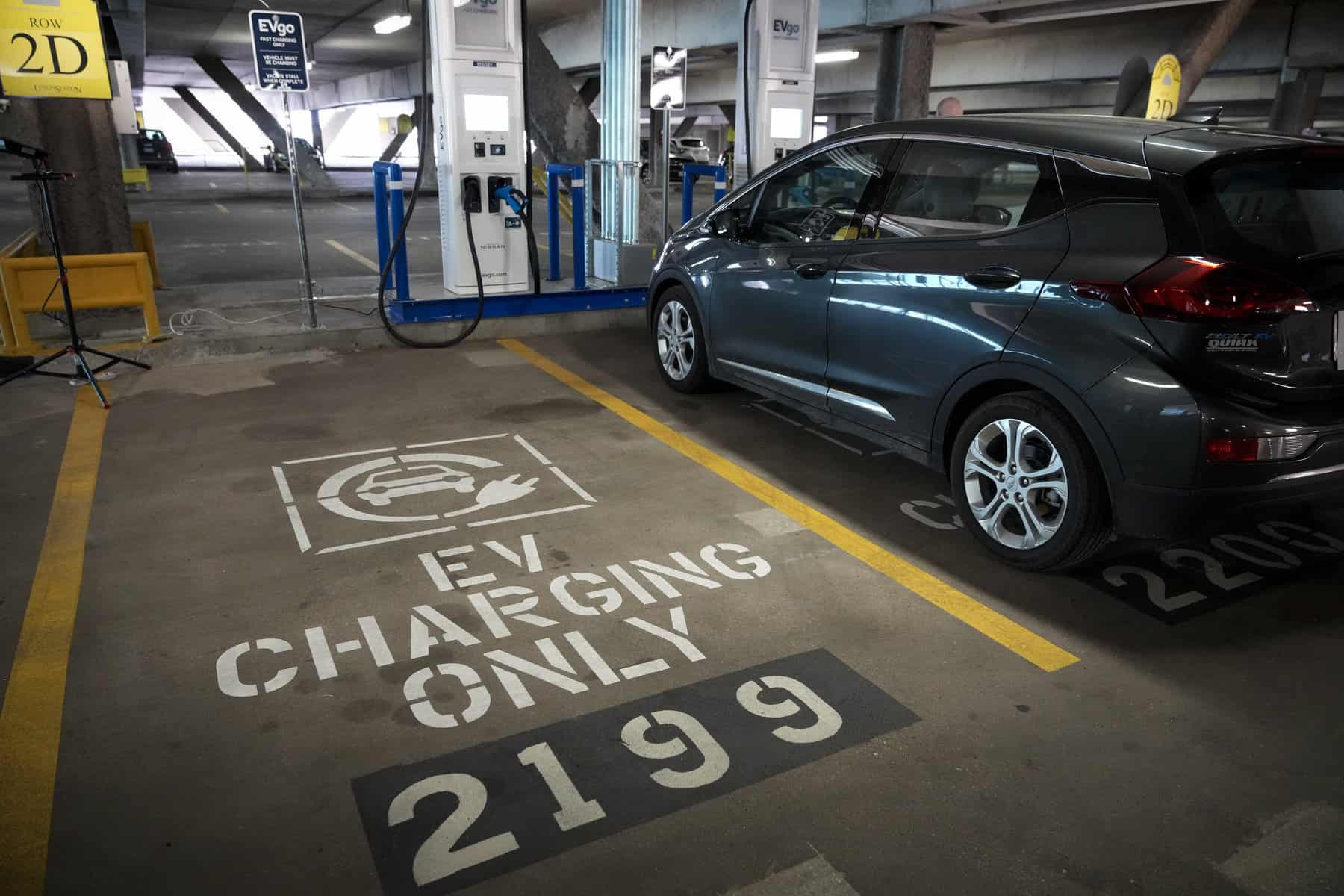Explore the recent mandate by the Federal Highway Administration (FHWA) requiring state transportation and urban planning organizations to establish declining CO2 emissions reduction targets for transportation-related greenhouse gas GHG emissions. Delve into the requirements for setting nationwide goals by state DOTs and MPOs, aligning with current priorities and climate policies while striving for GHG emissions reduction. Gain insights into the proposed target of halving carbon pollution by 2030, supported by the Biden administration, amid opposition from some states and parliamentary Republicans.
Discover the significance of transportation emissions reduction in combating climate change, with transportation responsible for 29% of greenhouse gas emissions in the United States, according to the Government Accountability Office. Explore state-level initiatives in monitoring and setting emission reduction targets, with examples from states like California, Minnesota, and Washington. Learn about the varied reactions to the FHWA rule, from support expressed by organizations like the National Association of City Transportation Officials (NACTO) to opposition voiced by Republican senators and representatives. Understand the implications of the rule for state and local governments, with access to substantial funding for carbon pollution reduction projects. Embrace the potential of the FHWA rule in providing a framework for tracking carbon pollution and setting climate targets, as highlighted by Transportation Secretary Pete Buttigieg.

According to the Government Accountability Office, transportation is responsible for 29 % of greenhouse gas emissions in the United States. According to a report from the Aug. 3 GAO, some state DOTs and MPOs are not keeping track of road-related greenhouse gas emissions, and those that are use inconsistent data sources. According to the GAO, no all states or MPOs had set emission reduction targets.
The District of Columbia and 24 states currently monitor transportation-related greenhouse gas emissions, according to the Union of Concerned Scientists. While some different states, such as California, Minnesota, and Washington, set goals based on vehicle miles traveled, Colorado has set declining emissions targets through 2050.
In a statement released on Tuesday, the National Association of City Transportation Officials stated that it” highly supports” the new rule put forth by the Biden administration. Cities “are willing to work together to ensure that transportation investments help give Americans a brighter future,” said NACTO Executive Director Corinne Kisner.” Cities are anxious not only to help states implement the rule.
The administration’s action was even praised by the Connecticut Department of Transportation. According to a statement from the Connecticut Department of Transportation Commissioner Garrett Eucalitto,” The finalized rule will direct our agency’s work in eliminating greenhouse gas emissions to reduce the impacts of climate change.”
Controversy Surrounds Federal Highway Administration’s Emissions Reduction Rule
However, West Virginia Republican Sen. Shelley Moore Capito questioned the administration’s legitimacy in enforcing the novel rule. This authority for FHWA was deliberately excluded from the last bipartisan bill that was signed into law during the Infrastructure Investment and Jobs Act negotiations, she claimed in a statement. The FHWA is breaking the letter of the law by finalizing a rule that makes it difficult for state DOTs and MPOs to meet the transportation needs of their constituents without having the authority to impose this mandate.
Sen. Kevin Cramer, R-N. D., who attempted earlier this month to defund the proposed rule, joined her in opposing the administration’s action. Sam Graves, a U.S. representative from Missouri, likewise charged the White House with “looking to once again circumvent the will of Congress.”
The U.S. DOT estimates that state and local governments have access to more than $27 billion for carbon pollution reduction projects, with additional funding coming from federal aid highway programs.
The fresh rule, according to Transportation Secretary Pete Buttigieg, “will give states a clear and steady framework to track carbon pollution and the flexibility to set their own climate targets.”

Summary: Federal Highway Administration Implements Mandate for Declining CO2 – GHG Emissions Reduction Targets
- On November 22, the Federal Highway Administration issued a final rule mandating that state transportation and urban planning organizations set declining CO2 emissions reduction targets for transportation-related emissions on interstate highways and other main roads and submit progress reports on achieving those goals.
- State DOTs are required to set two- and four-year nationwide goals, and MPOs must set the same goals for their planning areas. These organizations will be free to set objectives in accordance with their present priorities and climate change policies, but they must be lowering their goals.
- The proposal, which aims to reduce carbon pollution by half by 2030, is supported by the Biden administration, but it is fiercely opposed by some states and parliamentary Republicans.













